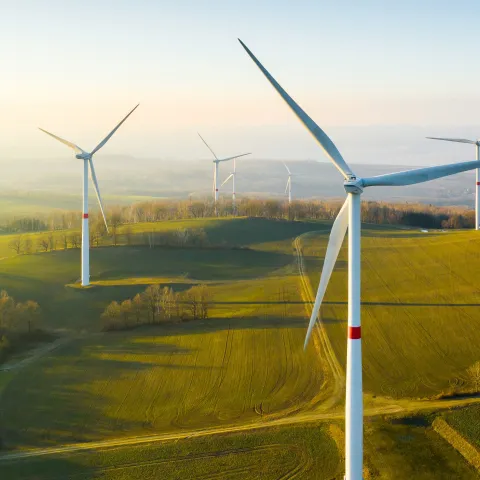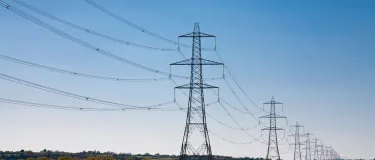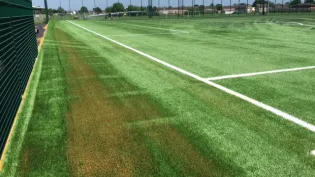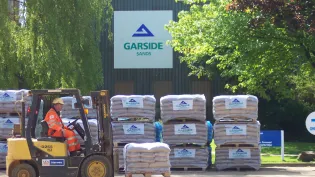Specialist utilities & energy Sands
Garside Sands
01525 237911
garside.sands@aggregate.com
Levenseat Sands
01698 870970
scotlandsales@aggregate.com
Why Choose Our Utilities Sand?
Sand is widely used in the utilities sector for several reasons. When used as bedding for pipes and cables, sand offers excellent compaction properties, which help in evenly distributing loads across the surface of pipes or cables. This prevents damage from pressure points and minimizes the risk of deflection or settling over time. Additionally, sand's fine texture allows it to flow easily around pipes and cables, filling gaps and providing a stable bed that reduces movement and protects against external impacts from rocks or debris.
Furthermore, sand is particularly effective in areas where precise alignment and stability are required. Its ability to act as a barrier against moisture intrusion helps protect underground utilities from water damage. When used in thermal applications, such as in the case of SuperSand, sand not only supports the physical structure but also plays a vital role in managing the thermal environment around power cables, ensuring they operate efficiently without overheating. The use of high-quality sand in the utilities sector is essential for protecting and extending the life of underground cables and pipes, making it an indispensable material in infrastructure projects.
SuperSand 97-1

supersand 97-1
SuperSand 97-1, is a specialised backfill material for power cable installations. The certified cable sand, which is ENA TS 97-1 compliant, is suitable for installation and backfilling of underground high voltage cables. Primarily for use in rail, energy and utilities projects, SuperSand 97-1 meets all the thermal properties required by specification.
Available as unbound sand, in application it easily compacts around power cables to effectively conduct heat away from the source and prevent electrical resistance. Available nationwide across a range of Aggregate Industries sites.
SuperSand 97-1 Data Sheet
NRG Sand

NRG Sand
Aggregate Industries NRG Sand is specially designed sand for energy storage within a Sand battery. A sand battery is a high temperature thermal energy storage that uses sand. This is done by resistance heating working principle, sand is charged up with the heat from excess solar and wind electricity. This can heat the sand to more than 500 degrees Celsius, which in turn heats the air. The hot air passes through the Sand battery and circulates through a series of pipes. The heat energy can be stored for several months and converted on demand.
When power demand is high and supply is low, the sand battery system can exhaust hot air into a heat exchanger where water is heated.















